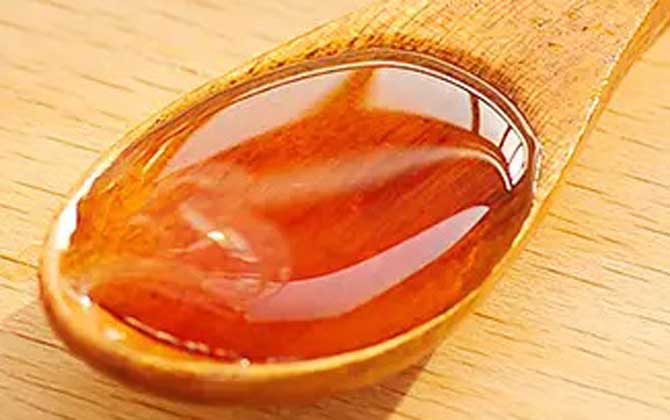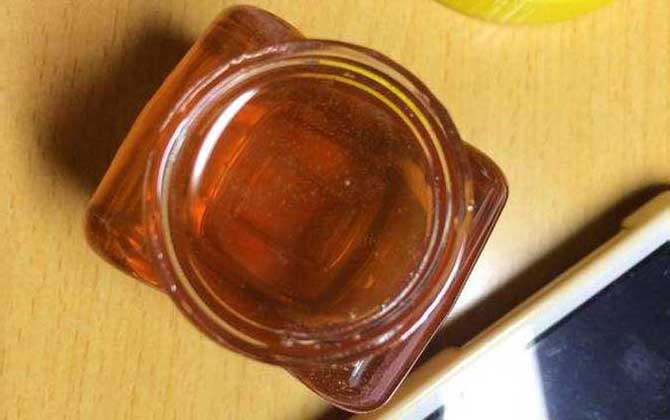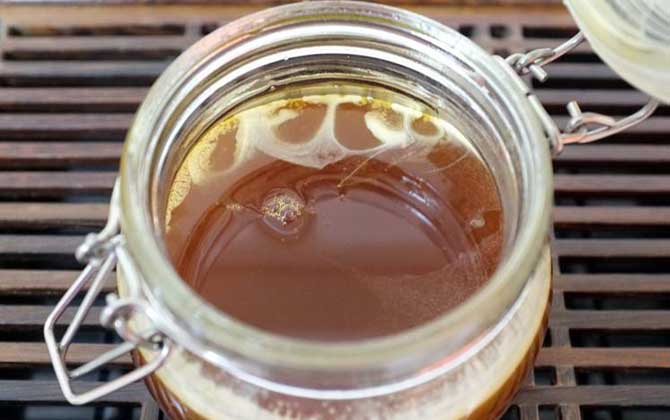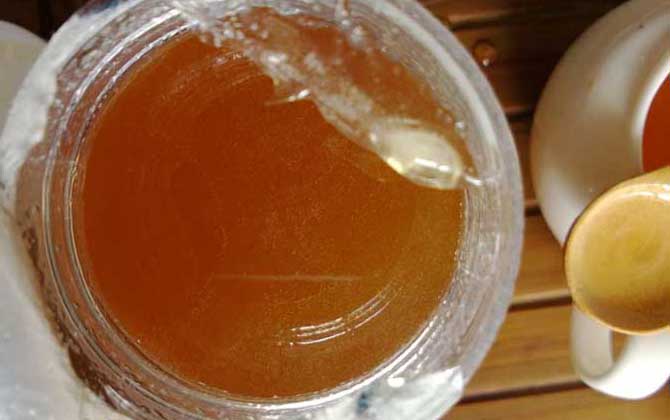Dangshen Honey: A Premium Monofloral Honey
Overview
Dangshen honey is produced by bees collecting nectar from Codonopsis pilosula (a perennial herb of the Campanulaceae family), primarily cultivated in North China, Northwest China, and Northeast China. In its liquid state, it appears as a viscous, semi-transparent amber-colored substance with a natural luster. While resistant to crystallization, prolonged exposure to low temperatures (below 14°C) may cause it to form pale-yellow coarse granules.

1. Nectar Source Characteristics
Botanical Profile:
– Family: Campanulaceae
– Genus: Codonopsis
– Flowering Period: July to September
– Optimal Nectar Secretion Temperature: 20-28°C
The nectar flow period lasts approximately 40-50 days, with reduced production when temperatures exceed 30°C or drop below 15°C. A single bee colony (typically Apis mellifera) can produce 60-80 jin (30-40 kg) per flowering season, reaching over 100 jin (50 kg) in peak conditions.

2. Physical Properties
- Appearance: Viscous amber liquid with semi-transparent clarity
- Aroma: Distinctive floral scent of dangshen blossoms
- Flavor Profile: Sweet with subtle acidity and lingering aftertaste
- Crystallization: Slow crystallization process forming pale-yellow granular texture

3. Geographical Distribution
Major production areas include:
– Northern China: Hebei, Shanxi, Inner Mongolia
– Northwestern China: Shaanxi, Gansu, Qinghai
– Northeastern China: Liaoning, Jilin
– Secondary regions: Western Sichuan, Northern Yunnan, and Southeastern Tibet
Note: Over 95% of commercial dangshen honey originates from cultivated plantations, as wild Codonopsis pilosula rarely forms sufficient nectar for large-scale collection.

4. Nutritional Composition
| Component | Percentage | Health Benefit |
|---|---|---|
| Fructose | 40.70% | Rapid energy source, fatigue reduction |
| Glucose | 33.90% | Immediate metabolic fuel |
| Sucrose | 4.30% | – |
| Iron | 0.85mg/100g | Hemoglobin synthesis |
Additional bioactive components include amylase, catalase, and phenolic compounds with antioxidant properties.

5. Health Benefits & Applications
- Immune Enhancement
– Monosaccharides stimulate lymphocyte proliferation
– Zinc and selenium boost leukocyte activity - Digestive Support
– Organic acids (gluconic, citric) improve gut microbiota
– Enzymes enhance protein and carbohydrate breakdown - Blood Health
– Iron-copper synergy increases RBC production
– Vitamin B12 analogs support hematopoiesis - Dermatological Benefits
– Polyphenols inhibit tyrosinase activity (melanin reduction)
– Antimicrobial properties aid in acne management
6. Storage Recommendations
- Store in airtight containers at 18-24°C
- Avoid metallic containers to prevent oxidation
- Shelf life: 2 years in proper conditions
This premium honey variety combines traditional Chinese herbal properties with natural sweetening capabilities, making it particularly valued in both culinary applications and holistic wellness practices.